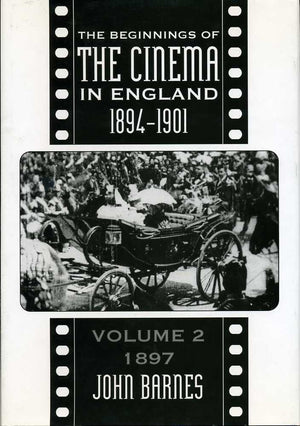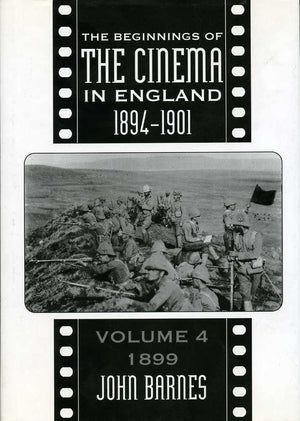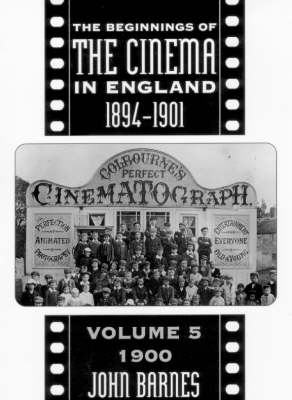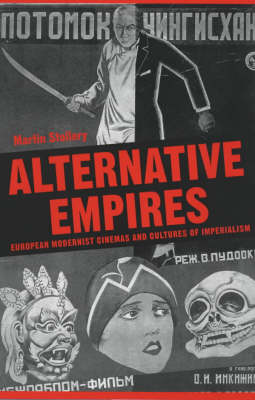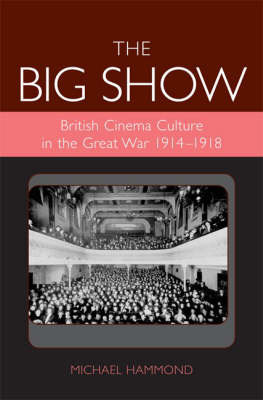University of Exeter Press
The Great Art Of Light And Shadow
Archaeology of the Cinema
Couldn't load pickup availability
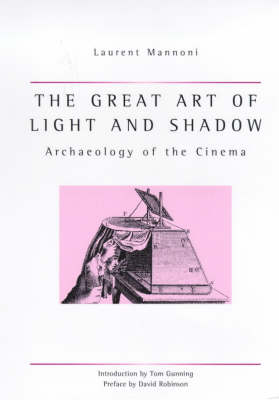
- 572 Pages
Widely regarded by historians of the early moving picture as the best work yet published on pre-cinema, The Great Art of Light and Shadow: Archaeology of the Cinema throws light on a fascinating range of optical media from the twelfth century to the turn of the twentieth. First published in French in 1994 and now translated into English, Laurent Mannoni's account projects a broad picture of the subject area now known as 'pre-cinema'.
Starting from the earliest uses of the camera obscura in astronomy and entertainment, Mannoni discusses, among many other devices, the invention and early years of the magic lantern in the seventeenth century, the peepshows and perspective views of the eighteenth century, and the many weird and wonderful nineteenth-century attempts to recreate visions of real life in different ways and forms. This fully-illustrated and accessible account of a strange mixture of science, magic, art and deception introduces to an English-speaking readership many aspects of pre-cinema history from other European countries.
"If there is one book to use as a starting-point for an understanding of the history of image projection, and how pictures came to move, this is the book. Written in a clear and thoughtful style, maintained in an elegantly sympathetic translation by Richard Crangle." (Living Pictures: The Journal of the Popular and Projected Image before 1914, Vol. 1:3, 2001)
"Richard Crangle's technical understanding is evident throughout . . . And the result is peerless . . . It has taken a great many years to create a widespread understanding that screen techniques did not start with 1895 and the Lumières. In this contribution to that understanding Laurent Mannoni tackles, with resounding success, a myriad of related media techniques, spanning half a millennium. To quote David Robinson's Foreward, this is 'no cold, dry, academic study, but a pulsing, vital chronicle'." (The New Magic Lantern Journal, Vol. 9, No. 1, Winter 2001)
"A fine book, in my opinion the best 'pre-cinema' book ever written." (Tom Gunning, University of Chicago)
Part 1: The dreams of the eye: dark rooms and magic mirrors
Light in the darkness
The "Lantern of Fear" tours the world
Part 2: Triumphant illusions: magie lumineuse in the country and the city
"Life and Motion" The 18th-century lantern slide
The phantasmagoria
From panorama to daguerreotype
Part 3: The pencil of nature": the pirouette of the dancer
The "vital question" resolved?
Great expectations
The magic lantern - a sovereign and her subjects
Part 4: Inscribing movement: the passage of Venus and the galloping horse
Marey releases the dove
The big wheel of little mirrors
Edison and his "films through the keyhole"
The labourers of the eleventh hour
Appendices:
Museums displaying interesting items relating to the history of "pre-cinema" media
Report of the scientists Jamin and Richer on the phantasmagorie of Robertson and the Phantasmaparastasie of Cli









